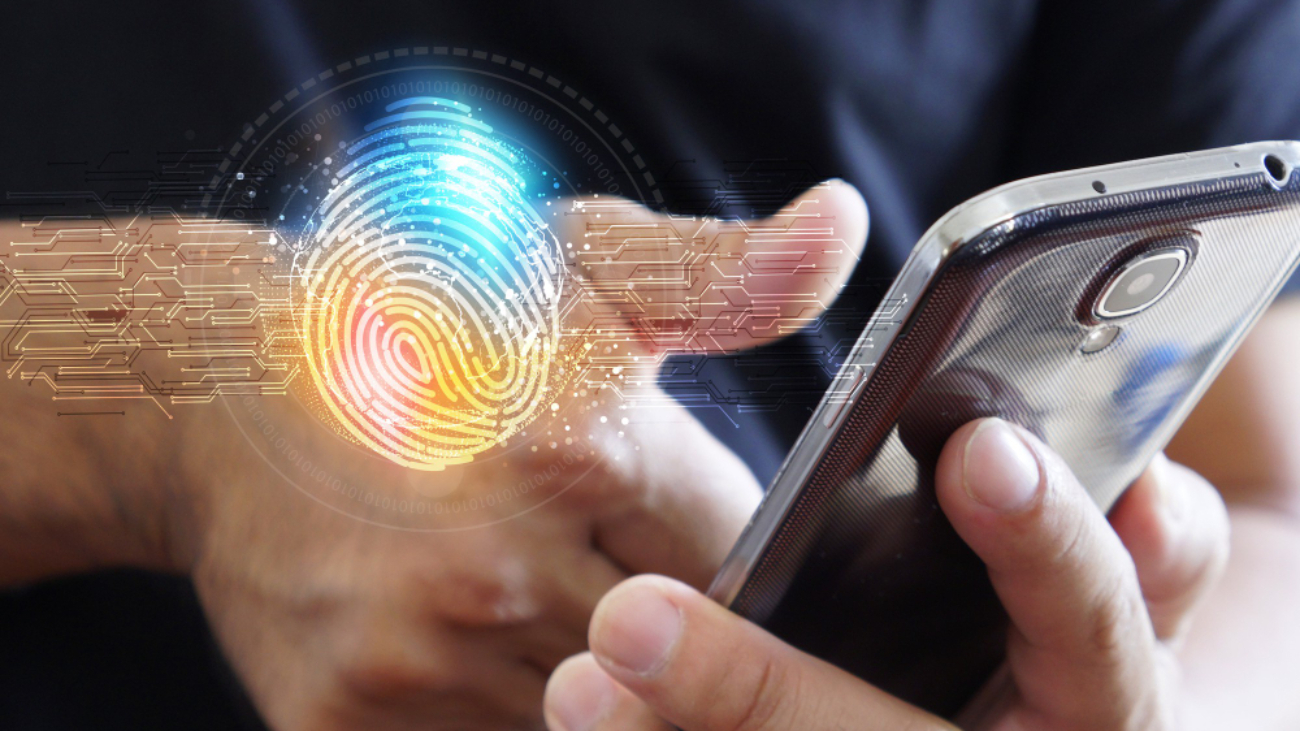Gait recognition technology, a revolutionary facet of biometrics, is becoming increasingly prevalent in public spaces, prompting a critical examination of its ethical dimensions stated Bahaa Abdul Hadi. As society embraces this innovative method of identification, understanding and addressing the ethical implications surrounding its widespread use become imperative.
Delving deeper into the mechanics of gait recognition reveals a technology that captures and analyzes an individual’s walking patterns to establish a unique biometric profile. While praised for its non-intrusiveness, the potential for misuse and abuse raises concerns, especially when juxtaposed with other established biometric methods. Unraveling the intricacies of the technology is essential for anticipating and mitigating potential consequences.
Privacy Concerns
The deployment of gait recognition in public spaces raises significant privacy issues. Beyond the physical invasion of personal space, there are psychological impacts on individuals who may feel constantly under surveillance. Consent challenges emerge when the technology operates covertly, requiring careful consideration of the broader societal implications of continuous monitoring.
Bias and Discrimination
Examining the data used to train gait recognition systems reveals a potential for biases that may inadvertently lead to discriminatory outcomes. The impact on vulnerable and minority groups is a particular concern, highlighting the technology’s potential role in perpetuating existing societal prejudices. A thorough examination of these biases is essential for responsible and equitable technology development.
Legal and Regulatory Framework
The current legal landscape surrounding gait recognition is murky, with few regulations addressing its ethical dimensions. Establishing comprehensive legal frameworks is essential to strike a balance between technological advancement and safeguarding individual rights. A global perspective on regulation is imperative to address the cross-border nature of this technology and ensure a cohesive and ethical approach.
Alternatives and Ethical Implementation
Exploring alternative identification technologies and establishing guidelines for ethical gait recognition use are crucial steps. This involves considering the broader societal impacts, ensuring transparency in deployment, and fostering public awareness and education about the ethical dimensions of deploying gait recognition in various settings. Striking a balance between technological innovation and ethical considerations is paramount for responsible and sustainable development.
Conclusion
In conclusion, the ethical implications of gait recognition in public spaces cannot be ignored. A proactive approach, encompassing legal regulation, public education, and responsible technological development, is necessary to harness the benefits of gait recognition while safeguarding individual privacy and preventing discriminatory outcomes.
By addressing these multifaceted concerns, we can foster a society that embraces innovation while upholding ethical standards, ensuring a harmonious integration of technology into our daily lives. Ongoing ethical reassessment must accompany technological advancements to create a future where innovation and ethics coexist seamlessly. Thank you for your interest in Bahaa Abdul Hadi blogs. For more information, please visit www.bahaaabdulhadi.com.







